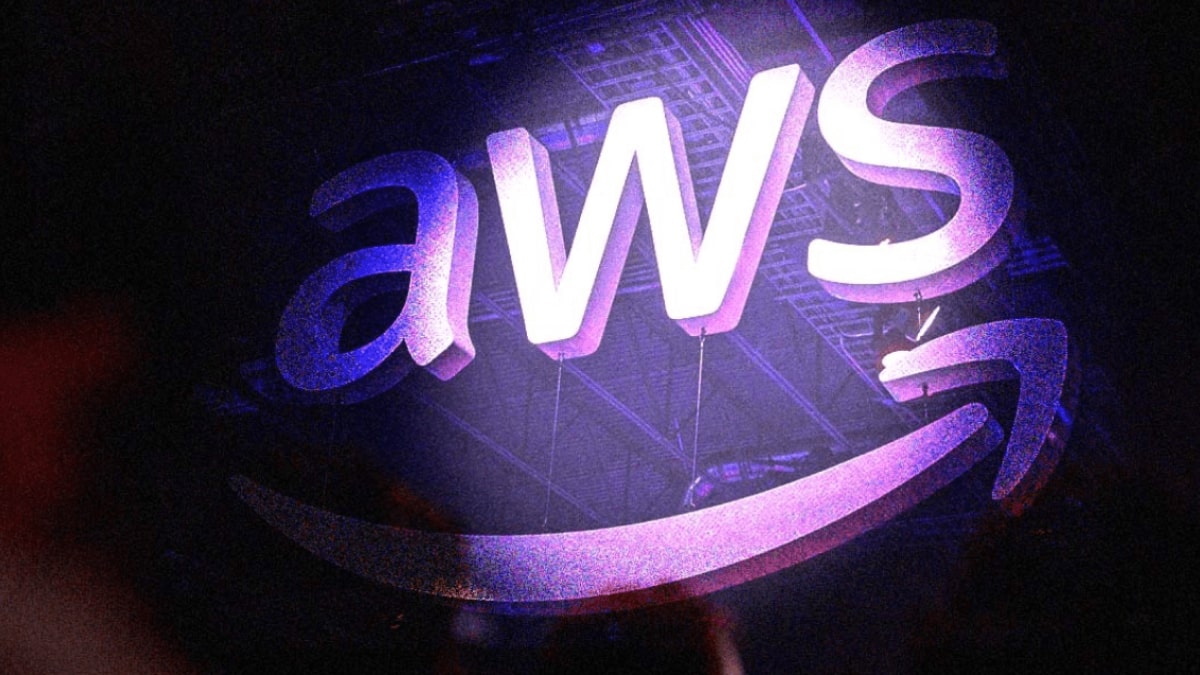Twitter (X) is a world of extreme views and wading past the bots has become a necessary art. Though some of the best thinkers have remained and debate about the AI bubble - or not - not only grows, it is one of the most fascinating.
I’ve been wanting to write an article for some time on my take as to whether we are in an AI bubble or whether this is a real deal.
I can see merit in the many and growing arguments - for and against - in my Twitter feed, and depending on whom I’m reading, that is often where I lean.
It does feel impossible that the current trajectory of fundamentals that things can just keep going: we are in meteoric territory, and surely it can’t keep shooting almost straight up. Right?
Others argue that the fundamentals (financials) behind the businesses funding these investments are not only sound (vs the hype of the dot com boom), but that these businesses understand the holy grail is to achieve AGI and that the winner takes all.
And to be clear, AI isn’t going anywhere. We might not have achieved AGI in the current cycle, though clearly AI is going to be a massive part of our collective futures: I don’t think anyone thinks it is going away.
It isn’t my job to make predictions about financial (and technological and power) bubbles, though I am asked more and more by our clients for my thoughts.
So instead of making a prediction, I’ve instead summarised the arguments: for, against and something in between from what I’ve seen and read on Twitter.
Let’s get into it.
The Case for the Bubble
The bearish narrative argues the evidence is already overwhelming.
OpenAI requires trillions for infrastructure, yet forecasts under $5 billion in annual revenue.
Its chairman has admitted “we’re in a bubble and a lot of people will lose a lot of money.”
Critics point to a circular money loop: Nvidia invests in OpenAI, which spends the capital on Nvidia chips.
Meta borrows $26 billion for a data centre the size of Manhattan.
Crypto miners have rebranded as “AI infrastructure plays.”
It’s less investment, they say, and more musical chairs with trillion-dollar price tags.
Return on investment also looks elusive.
An MIT study found 95 per cent of organisations see no measurable ROI from AI spending. (Yet - worth reading.)
Harvard and Stanford researchers describe a flood of “workslop”: AI-generated busywork that inflates output metrics but not productivity.
If the average chatbot needs $2,000-a-month subscriptions to justify valuations, the arithmetic simply doesn’t hold.
And physical limits may be even more sobering.
Bain & Co estimate AI would require $2 trillion in annual revenue by 2030 to justify current forecasts, yet the sector could fall $800 billion short.
Energy demand alone borders on impossible: projects like Stargate in Texas would need multiple nuclear reactors that don’t exist.
And when China’s DeepSeek released a rival foundation model at a fraction of Western costs, global AI stocks briefly erased a trillion dollars in market value before rebounding in classic bubble fashion.
To bears, this looks like peak euphoria: insiders warning of excess even as they double down.
The Macro Bridge: A Possible Melt-Up
History, however, suggests bubbles often expand before they burst.
The AI market today resembles the 1998–2000 melt-up, not the crash that followed according to others. We are too early in the cycle.
Back then, the Federal Reserve cut rates three times after the Long-Term Capital Management (LTCM) crisis, flooding markets with liquidity and driving valuations to new highs.
We may be replaying that script: a soft-landing U.S. economy, easing policy, and a wall of capital chasing growth.
In other words, AI may still be in the denial-to-mania phase: valuations stretched but momentum intact until macro conditions tighten.
The Case Against the Bubble
Now the counter-thesis: this time really is different.
Comparisons to the dot-com era overlook the most significant difference: earnings.
Cisco (1998-2002) vs Nvidia (2020-2024)
Cisco’s market cap exploded 400 per cent while profits grew just 60 per cent.
Nvidia’s valuation has expanded in lockstep with fundamentals:
Data-centre revenue up ten-fold, earnings up eight-fold.
Cisco was a multiple-story; Nvidia is an earnings story.
Cash-Flow Capitalism
The AI build-out is being funded not by debt and speculation but by operating cash flow from the world’s most profitable companies:
- Microsoft has cut long-term debt 15% while increasing CapEx 170% financed entirely from $136 billion in annual operating cash.
- Google holds nearly $150 billion in cash and investments, funding $67 billion in CapEx while still generating $67 billion in free cash flow.
- Amazon and Meta together have lifted quarterly CapEx 67% year-on-year to $88 billion, all self-funded.
Collectively, these four hyperscalers produced $493 billion in operating cash, invested $291 billion in CapEx, and still generated $202 billion in free cash flow over the past twelve months.
The argument goes that this is not speculative behaviour: it’s industrial reinvestment at historic scale.
Early Returns and Real Policy Support
McKinsey estimates AI could unlock $4.4 trillion in annual productivity across corporate use cases, with early adopters already reporting measurable efficiency gains.
And where critics see grid constraints, governments see an opportunity: the U.S. Department of Energy’s new Speed to Power initiative is fast-tracking transmission explicitly to support AI data centres.
The Competitive Imperative
The hyperscalers are in a prisoner’s dilemma they can’t escape.
Microsoft’s new $4 billion Wisconsin data centre - hosting hundreds of thousands of Nvidia GB200 GPUs connected by enough fibre to wrap the planet four times - is a signal shot.
Amazon, Google, and Meta must match or fall behind.
This isn’t FOMO; it’s survival in the next computing platform.
My conclusion?
You decide.
There is no question we are in super interesting times, including the very real and critically important climate discussion we’re going to have to have; something I fear that will be foisted on us as the planet warms.
On one hand, there fundamental differences to the dot com boom and on the other, there are striking similarities.
Just as we continue to use the fibre optic cables laid during the dot-com boom, whatever part - or parts - of the AI bubble do explode, AI isn’t going anywhere. We’re just at the beginning: it’s simply the journey that has so many so excited.
Myself included.











.jpg)










